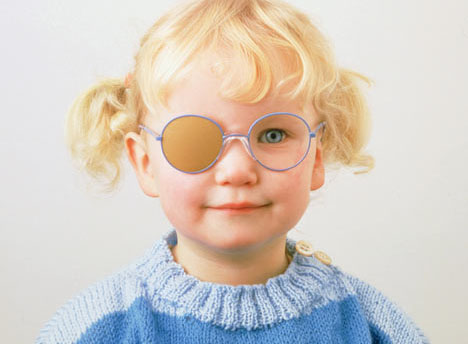Project Description
Amblyopia is a condition in which the visual function of an eye is underdeveloped. Usually, the vision of the other eye is normal, although, at times, amblyopia can affect both eyes. Amblyopia is most likely to be successfully corrected if detected and treated during infancy or early childhood.
This disorder, like others that affect the visual development, calls for early and regular visual examinations. Young children are not always aware of having one good eye and one impaired eye, and parents have no way of recognizing the problem unless the underdeveloped eye is obviously abnormal.
Causes
Any factor that prevents clear vision during infancy or childhood promotes amblyopia. The chief causes are:
- Strabismus (misaligned eyes).
- Unequal focus (an asymmetrical refractive error- high myopia, hyperopia or astigmatism).
- Cloudiness in normally clear eye tissues such as corneal opacities and cataracts.
- Obstruction of the visual axis by droopiness of the eyelid.
Treatment
Once amblyopia is detected, the brain must be encouraged to process visual information from the affected eye. This is frequently accomplished by applying a patch over the child’s good eye.
If left untreated, visual acuity in an amblyopic eye may be permanently reduced and a lifetime of poor and uncorrectable vision could result. This can become an ever more significant and disabling problem if the remaining healthy eye ever becomes diseased or injured. Unfortunately, once a child has reached roughly 8 or 9 years of age, treatment rarely is successful.


 EMERGENCIES 24h. AND APPOINTMENTS
EMERGENCIES 24h. AND APPOINTMENTS 